
Signs of Onychomycosis Development
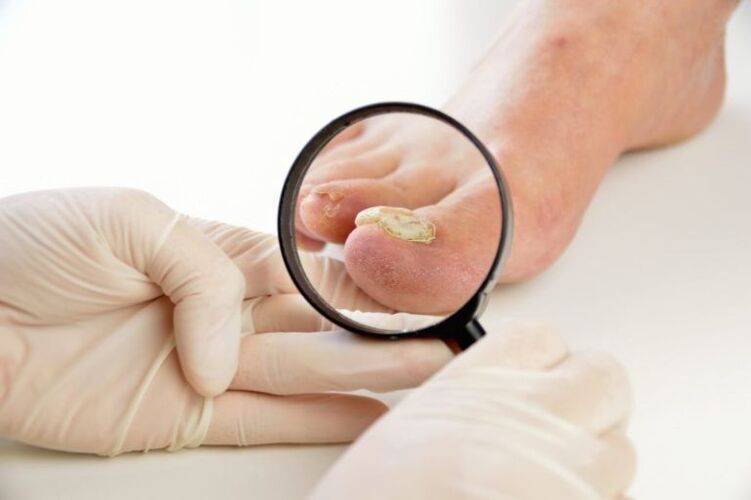
- Growths appear on the nails and the nail folds thicken;
- The natural color of the nail plate changes to light yellow and even darkens in the later stages;
- Cracks and peeling of the top layer of nails;
- Burning and painful sensations causing difficulty in walking;
- Produce infectious substances that cause specific odors;
- The skin of the affected finger becomes red.
How are fungal infections acquired?
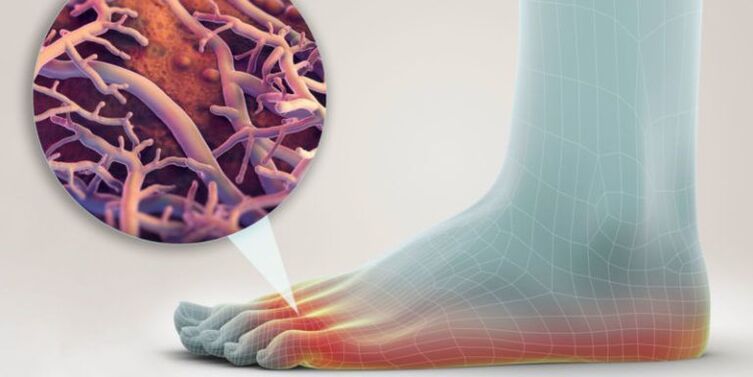
- The presence of parasitic fungi triggers the development of the disease. This fungus is not caused by one infection but by many different microorganisms, so the nature of the disease is unclear. Depending on the pathogen, a treatment plan is needed, so the patient only needs a diagnosis.
- Favorable conditions for the occurrence of fungal diseases. Even if the virus enters the body through micro-tears in the skin, it does not pose any particular danger to humans: the immune system can easily deal with unknown objects. The risk of developing the fungus is significantly increased in people who wear tight, uncomfortable shoes, are prone to excessive sweating, have fat deposits, or abuse alcohol and tobacco products. Long-term use of medications and reduced foot acidity will also weaken the body's protective function.
What fungi can’t tolerate
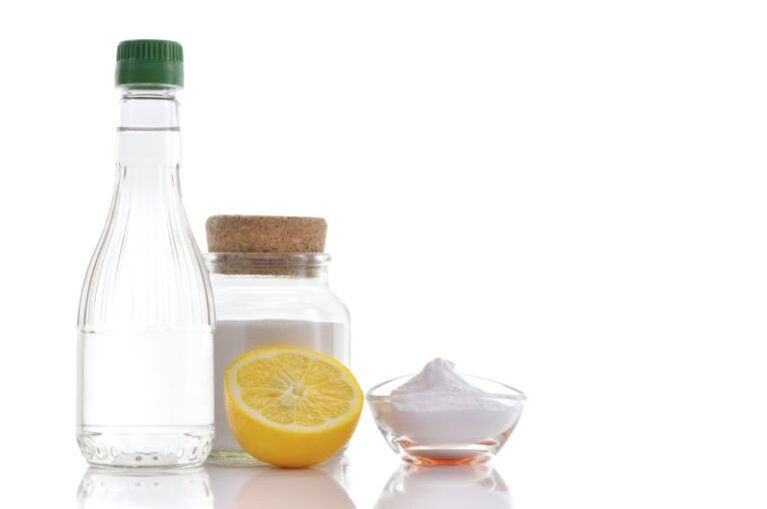
Traditional ways to fight onychomycosis
- For this recipe, you’ll need 2 Tbsp. Vinegar and rubbing alcohol. Mix well and add 1 tsp. glycerin. Apply 1 drop of product to affected nails and rub in smoothly. Treat until the fungus is completely gone.
- Apple cider vinegar bath. Pour 2-4 cups of the liquid into a shallow basin and immerse your feet in it. You can dilute it with warm water and add a little baking soda to enhance the effect. Leave the feet in the container for 3 hours.
- Foot ointment. Combine beaten eggs, sunflower oil (20 ml) and vinegar (40 ml). It is recommended to add repudin (5g). Apply the mixture to your nails and fingers.

- Rub a few pinches of salt between your toes. Leave for 1 hour. Repeat this process twice daily.
- Therapeutic bath. Add 0. 1 kg of salt (table or sea salt will do) and 4 tbsp to 4 liters of water. vinegar. Apply every day.
- Heat 3 liters of water. Add 2-3 Tbsp. salt and 0. 5 tsp. Potassium permanganate (potassium permanganate), stir well. The course of treatment lasts 1. 5 weeks. May be used for preventive purposes.
- Red pepper works well to strengthen nails and make the cuticle stronger, making them resistant to harmful bacteria. It contains many trace elements that stimulate natural processes and improve blood circulation.
- Pepper mask. Mix 1 tbsp. pepper, 2 tsp. water and 3 tbsp. Cosmetic hand cream. This product will help restore the nail plate. If desired, add 2-3 drops of essential oil.
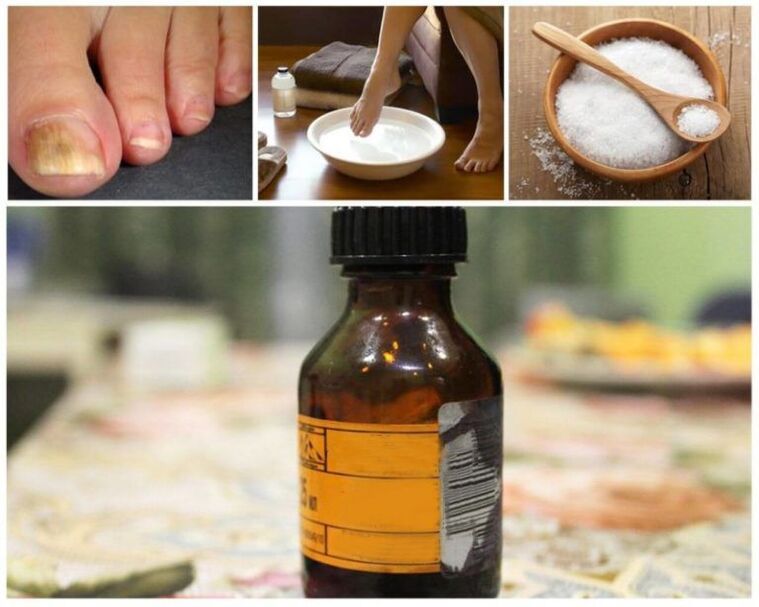
- After bathing, you need to treat the skin of your legs, feet and nails with iodine. This will disinfect and dry the affected area. After the previous layer of iodine has dried, do this process three times in a row.
- Apply 1 drop of iodine to the affected nail, avoiding contact with surrounding tissue. Before this, they can be coated with heavy cream. Iodine affects infectious agents. Onychomycosis is as afraid of this as it is of fire.
- Lotion containing iodine. Apply the liquid to a cotton pad or swab and apply it to the infected area.
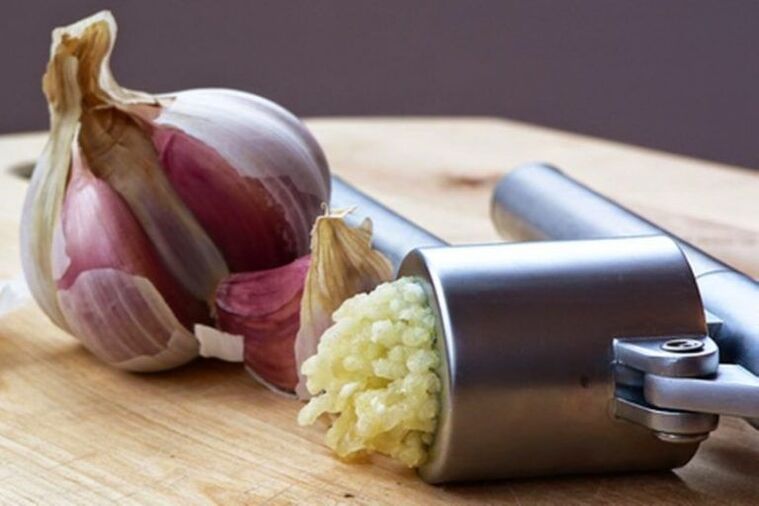
- Garlic infusion. Chop 2 cloves of unpeeled garlic and add vegetable oil (0. 5 l). Take 3 days off. Avoid exposure to sunlight. Take 1 tablespoon orally for 30 days. every day.
- Porridge. Take 1-2 heads of garlic and chop it finely with a knife or blender. Apply to nails. Before use, the nail plate needs to be steamed in hot water with lemon juice.
- Alcohol Tincture. Add 2-3 heads of chopped garlic to 1/4 cup. Take 2 days off. Treat your nails with ready-made products in the morning, afternoon and evening.
What's so scary about onychomycosis?
- An acidic environment that is aggressive to fungi. To make it, you need regular vinegar or some kind of acid (salicylic acid, orthoboric acid). These substances can be used as stand-alone remedies by applying them to a cotton pad or swab and then applying to the affected area. With regular use, rough tissue will become softer and skin tags will shrink. Additionally, fungi have trouble trying to penetrate deeper into the skin due to the acidic environment.
- Antiseptics and disinfectants. These drugs prevent the decomposition process on the surface of open wounds and are suitable for treating tissues and eliminating any infection. The most common medications of this type include tablets and ointments based on ketoconazole and other substances designed to eliminate fungal infections.
- hot. If it reaches above 60 degrees, the chance of survival of microorganisms is almost slim. At this temperature it will die. Their structure is destroyed, so the disease stops and disappears completely. As the temperature increases, the healing process accelerates. Shoes and socks are treated this way to destroy any spores.
Follow hygiene rules
- Disinfect shoes and wash socks regularly;
- use of personal cosmetics;
- Keep your body clean;
- Processing manicure tools;
- Don’t walk barefoot on beaches, swimming pools, and other high-traffic areas.
















